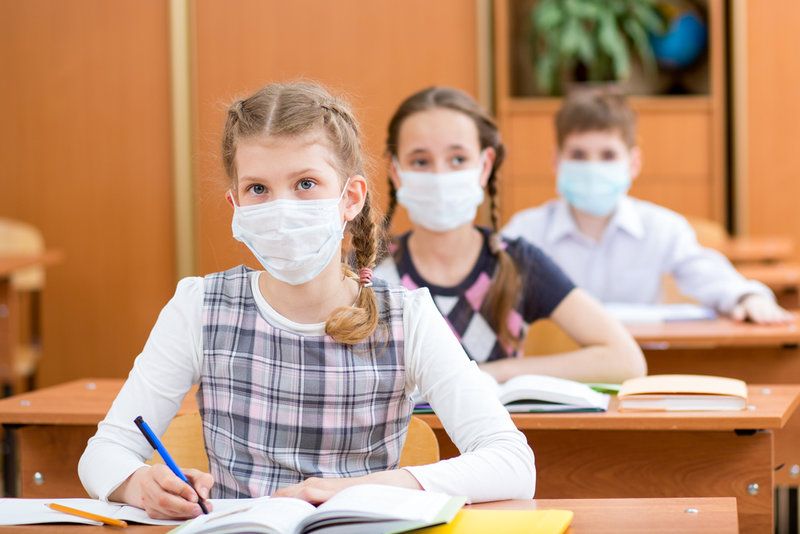
A recently declassified U.S. government plan for how to react in the face of a pandemic flu has some scary, but realistic predictions.
According to a 2009 Department of Defense plan, if a flu pandemic strikes, about 30 percent of the U.S. population could fall ill, with 3 million hospitalizations and 2 million deaths. Basic services, such as medical care or essential supply deliveries, will probably be disrupted.
In the plan, the government also says it assumes that a vaccine against a completely new flu strain wouldn't become available for several months. Even after that, production will ramp up slowly.
Though that level of illness may seem high and the pace of vaccine production slow, it's completely realistic and based on years of data on flu traits and vaccine production, said Dr. Richard Webby, a flu expert at St. Jude Children's Research Hospital in Memphis, Tenn.
Vaccine production "is done every single year, so those timelines are pretty well hammered in stone," Webby said.
Widespread illness
The plan's assumption that about 30 percent of the U.S. population will fall ill, and 2 percent of the ill would die in a flu pandemic is "somewhere within the ballpark" of what studies have suggested, Webby told LiveScience. [6 Superbugs to Watch Out For]
Sign up for the Live Science daily newsletter now
Get the world’s most fascinating discoveries delivered straight to your inbox.
Of course, a lot depends on the nastiness of the particular strain. The bird flu, for example, has a higher fatality rate in those who show symptoms — but it isn't well adapted to humans, which means it would probably become less deadly as it spread through a human population, Webby said.
During a pandemic, not only would medical services be overwhelmed, but the availability of basic goods and services could be disrupted, the report predicts.
Today's economy is based on supplies being delivered whenever people need them.
"But that assumes you have somebody to drive the truck delivering it to you. That assumes you have enough staff to load it onto the truck," Webby said. With 30 percent of the population out sick, it could be difficult to keep those supply chains running.
The report also indicates the impact of a pandemic could be more like that of a global war than a localized natural disaster. Though that prediction may sound apocalyptic, it's not unrealistic.
A hurricane may devastate one area, but resources are still available from outside.
In contrast, "the nature of flu, once it starts spreading in a community, we really have no hope of stopping it. And with people hopping on airplanes by the thousands, and going across continents every day, the virus spreads pretty quickly," Webby said.
Slow production
To create the annual influenza vaccine, researchers study flu reports and make a prediction about which flu strain will spread across the globe during the next flu season. They then begin the laborious process of growing live viruses in the lab, and spend months producing enough vaccine just in time for flu season.
Unfortunately, "we're not good at all at anticipating what may be the next pandemic," Webby told LiveScience.
When scientists guess wrong or a completely new virus emerges, making a vaccine for the new strain can take months.
There could be some variation from the timetable laid out in the plan. For instance, if people need fewer doses to respond to the virus, as was the case in the 2009 pandemic, then vaccine production could speed up considerably, Webby said. And some flu viruses grow better in the lab than others, which also alters the timetable.
Scientists are working on methods to speed production, or to create one-size-fits-all flu vaccines, but for the foreseeable future, making flu vaccines will remain slow, Webby said.
Follow Tia Ghose on Twitter and Google+. Follow LiveScience @livescience, Facebook & Google+. Original article on LiveScience.

Tia is the managing editor and was previously a senior writer for Live Science. Her work has appeared in Scientific American, Wired.com and other outlets. She holds a master's degree in bioengineering from the University of Washington, a graduate certificate in science writing from UC Santa Cruz and a bachelor's degree in mechanical engineering from the University of Texas at Austin. Tia was part of a team at the Milwaukee Journal Sentinel that published the Empty Cradles series on preterm births, which won multiple awards, including the 2012 Casey Medal for Meritorious Journalism.











